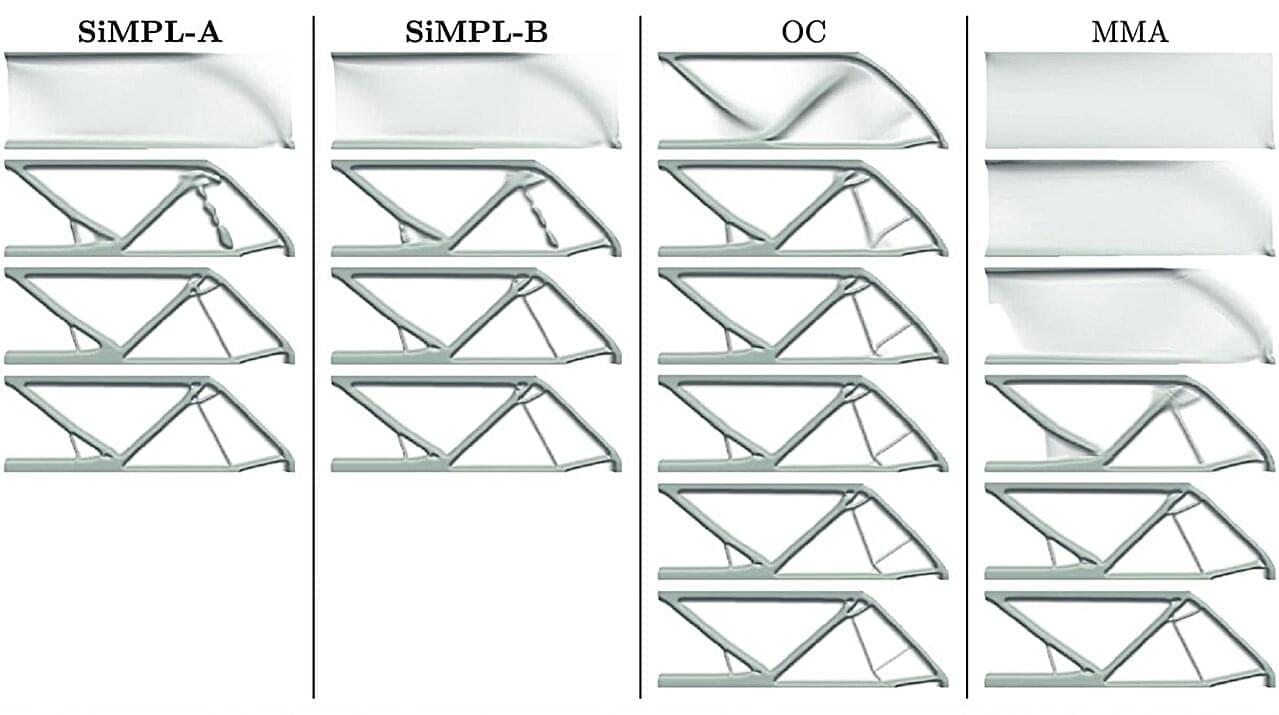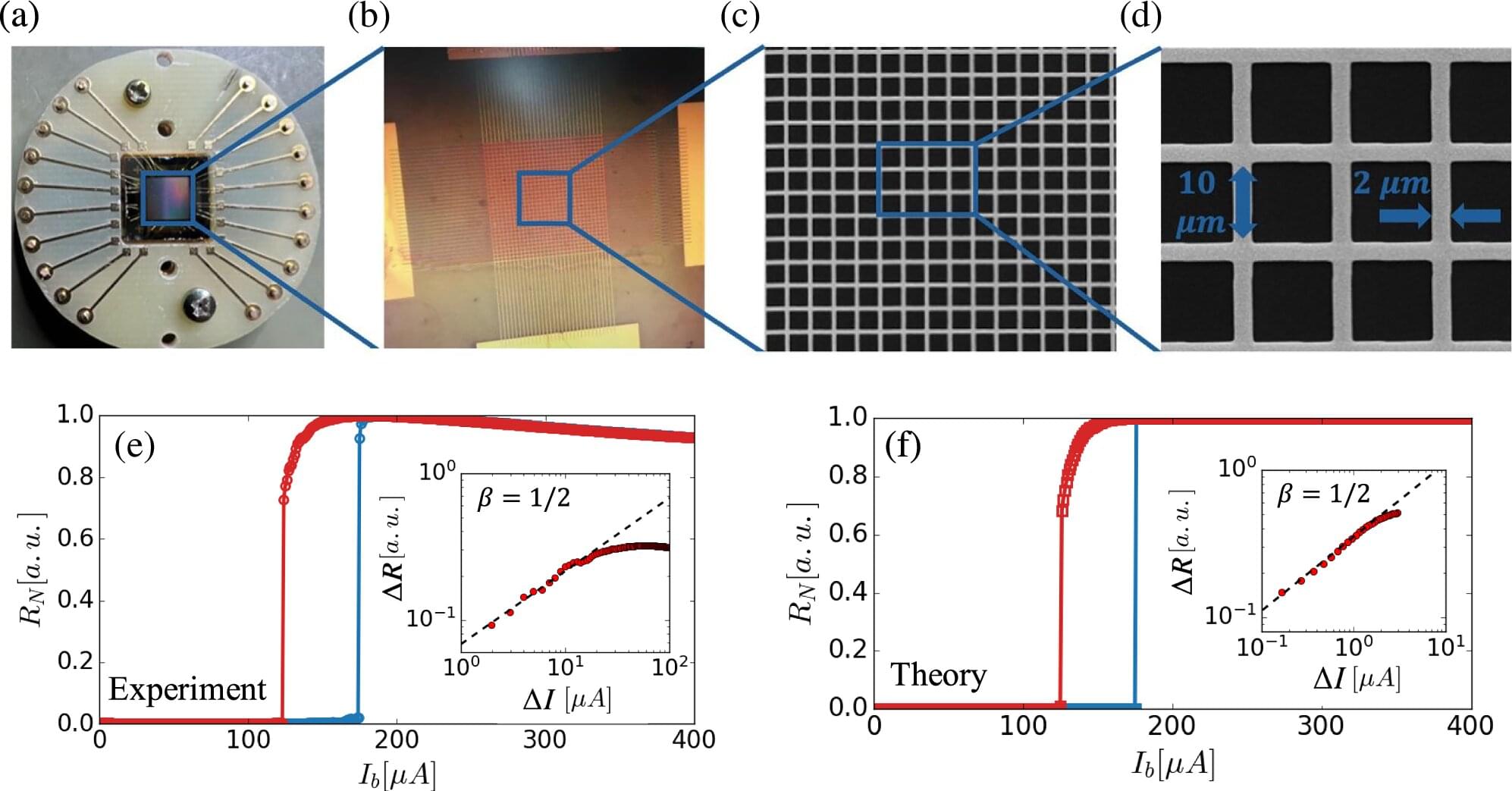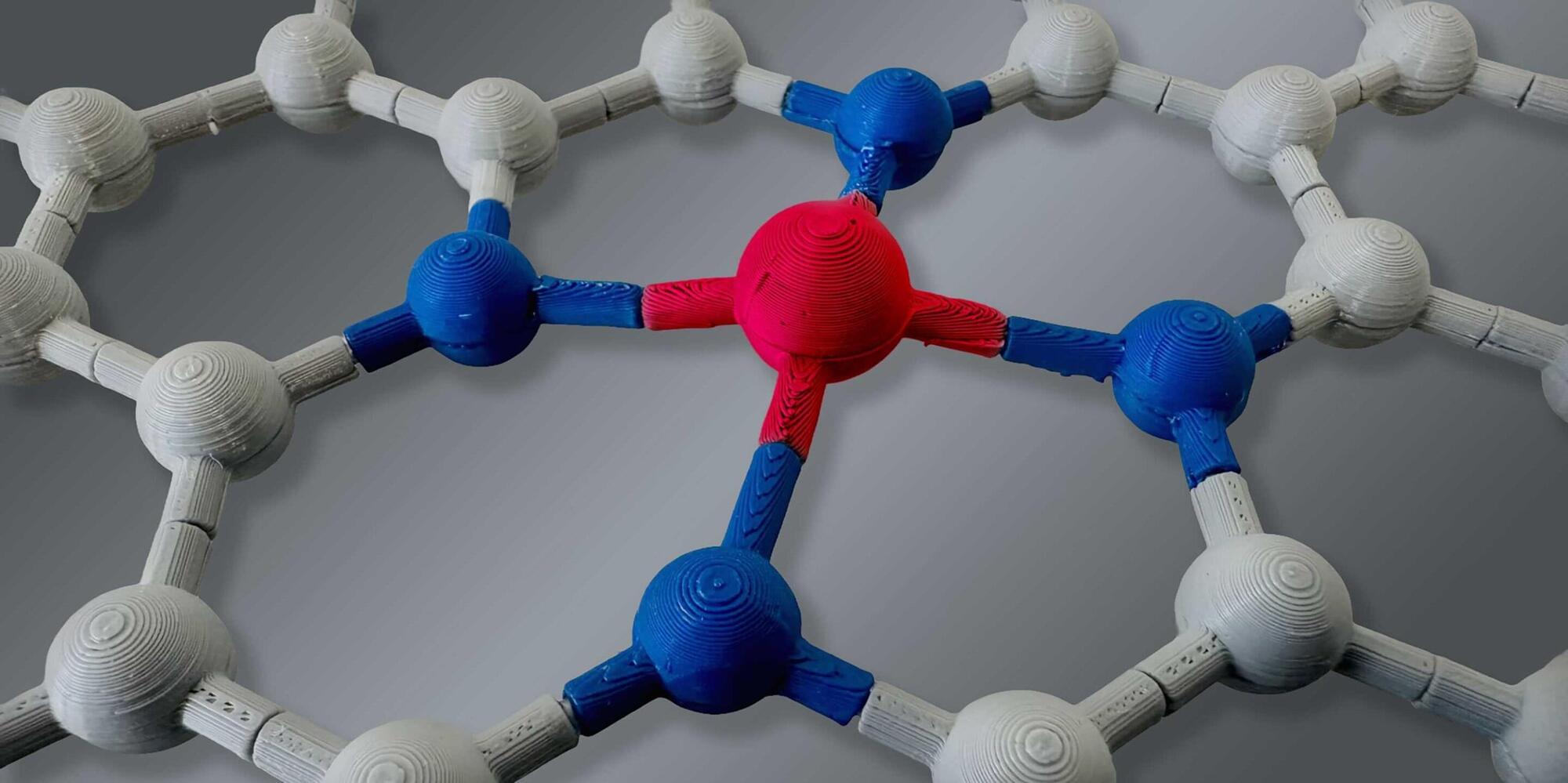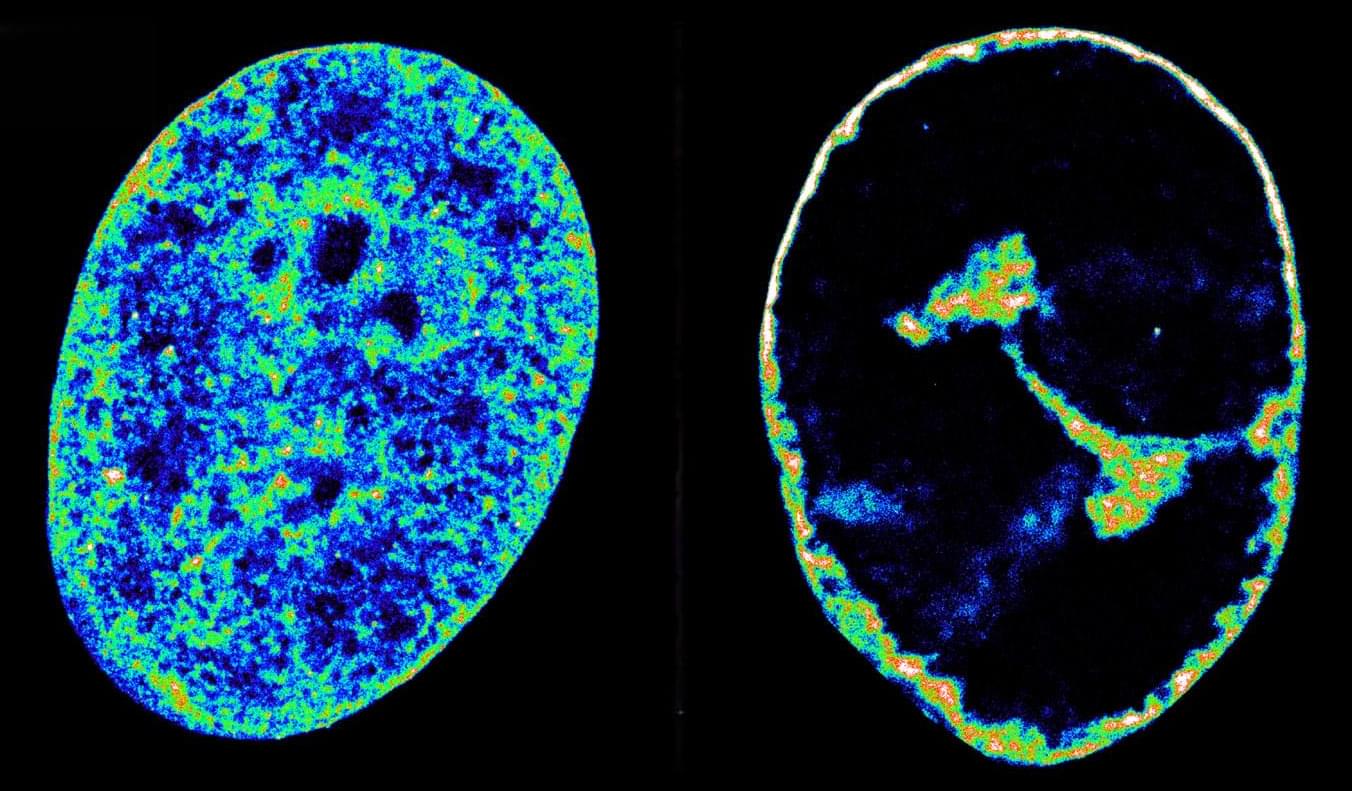While we may still not have flying cars, robot butlers or food replicators actually in our possession, you can now order something else you may have long dreamt of. It’s called the Photon Matrix, and it uses lasers to track and kill airborne mosquitoes.
Currently the subject of an Indiegogo campaign, the Chinese-designed device is claimed to be capable of detecting a mosquito and gauging its distance, orientation and body size within just 3 milliseconds.
It does so using a LiDAR (light detection and ranging) module which determines the locations of objects by emitting laser light pulses, then measuring how long it takes that laser light to be reflected back by whatever it hits. When a mosquito is detected in this fashion, a second galvanometer-directed laser is instantaneously used to fatally zap the insect.







